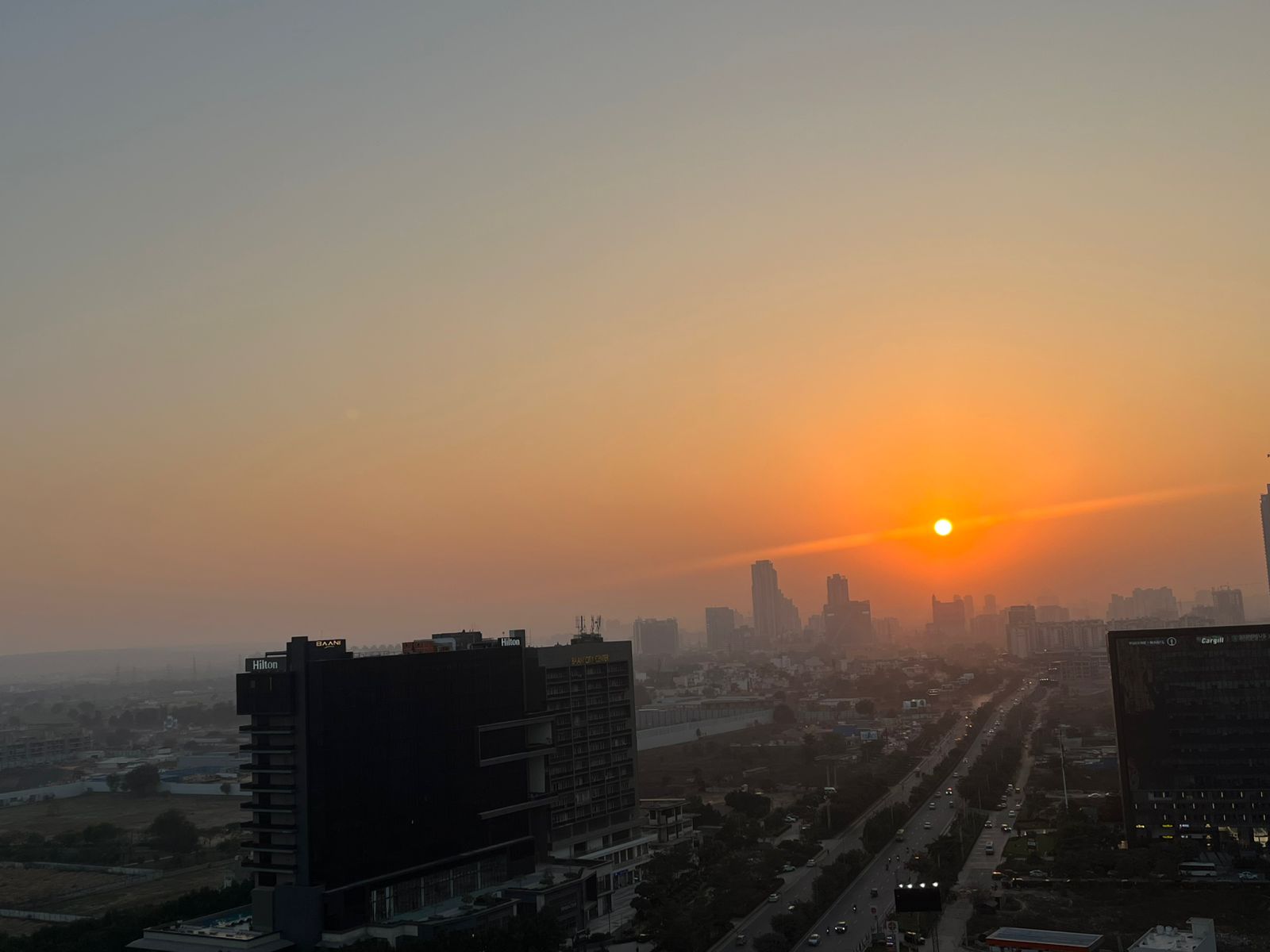Cancel culture has become a defining feature of modern public discourse, often acting as a double-edged sword. On one hand, it holds individuals and organizations accountable for their actions, ensuring that harmful behavior is not normalized. On the other, it raises questions about the proportionality and speed of such actions, particularly when creativity and content are involved. The recent deletion of videos from a popular YouTube-based comedy show in India, though nuanced and specific to its context, brings to light a broader issue: the tension between public pressure and the freedom to create. Governments and platforms often react with an iron fist, driven by the need to appease public sentiment, but this approach can stifle innovation and waste the effort, time, and resources invested in creative endeavors.
Creativity, by its very nature, thrives at the edges of societal norms. Content creators, whether in comedy, art, or business, often push boundaries to explore new ideas and perspectives. This boundary-pushing is not just a byproduct of creativity but its essence. However, when public pressure leads to the cancellation of such content, it risks creating a chilling effect. The fear of backlash can discourage creators from taking risks, leading to a homogenization of ideas. This is not to say that accountability is unnecessary, but rather that the mechanisms of accountability should be carefully calibrated. The speed at which cancel culture operates often leaves little room for nuance, resulting in disproportionate consequences that may not align with the severity of the perceived offense.
The role of governments and platforms in this dynamic is particularly significant. Governments, often reacting to public outcry, tend to enforce rules with rigidity, while platforms, driven by the need to maintain their reputation, may overcorrect to avoid controversy. This creates an environment where creators are forced to self-censor, not because their content is inherently harmful, but because the risk of backlash is too high. The deletion of content after its initial success, as seen in the case of the comedy show, feels like a waste of effort and resources. It also raises questions about the sustainability of creative industries in an era where public sentiment can shift rapidly and unpredictably.
Ultimately, the challenge lies in finding a balance between accountability and creativity. Clear, well-defined rules around content creation can provide a framework within which creators can operate without fear of arbitrary cancellation. At the same time, public discourse must allow for the possibility of growth and redemption, recognizing that mistakes are an inherent part of the creative process. The proportionality of actions taken in response to public pressure is crucial. While accountability is important, it should not come at the cost of stifling innovation or wasting the potential of creative endeavors. Cancel culture, as it stands, often fails to strike this balance, leaving creators and audiences alike to grapple with its consequences.

